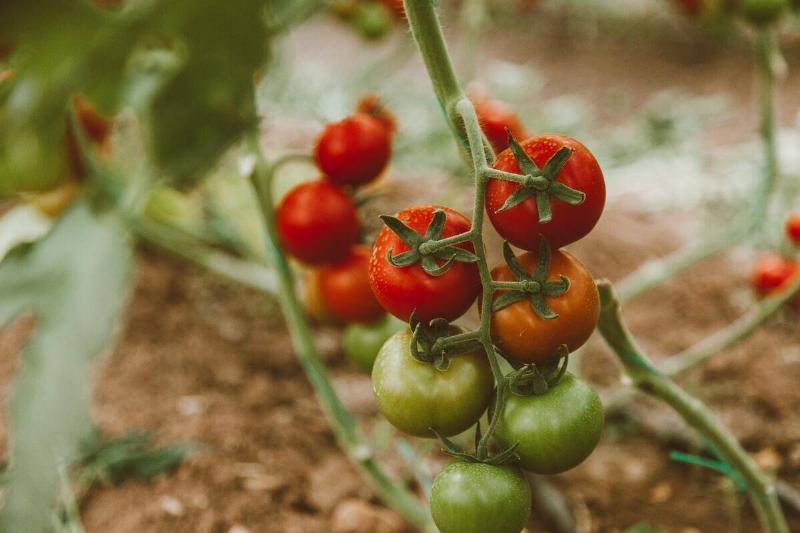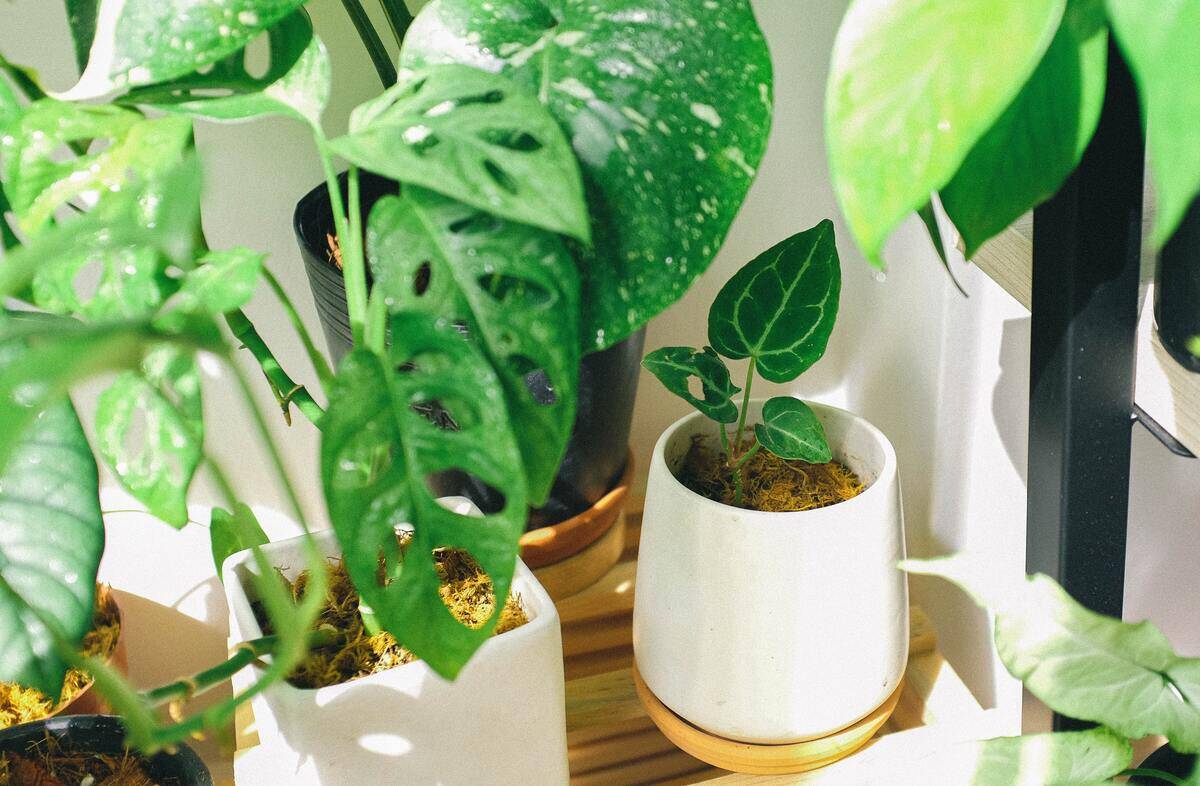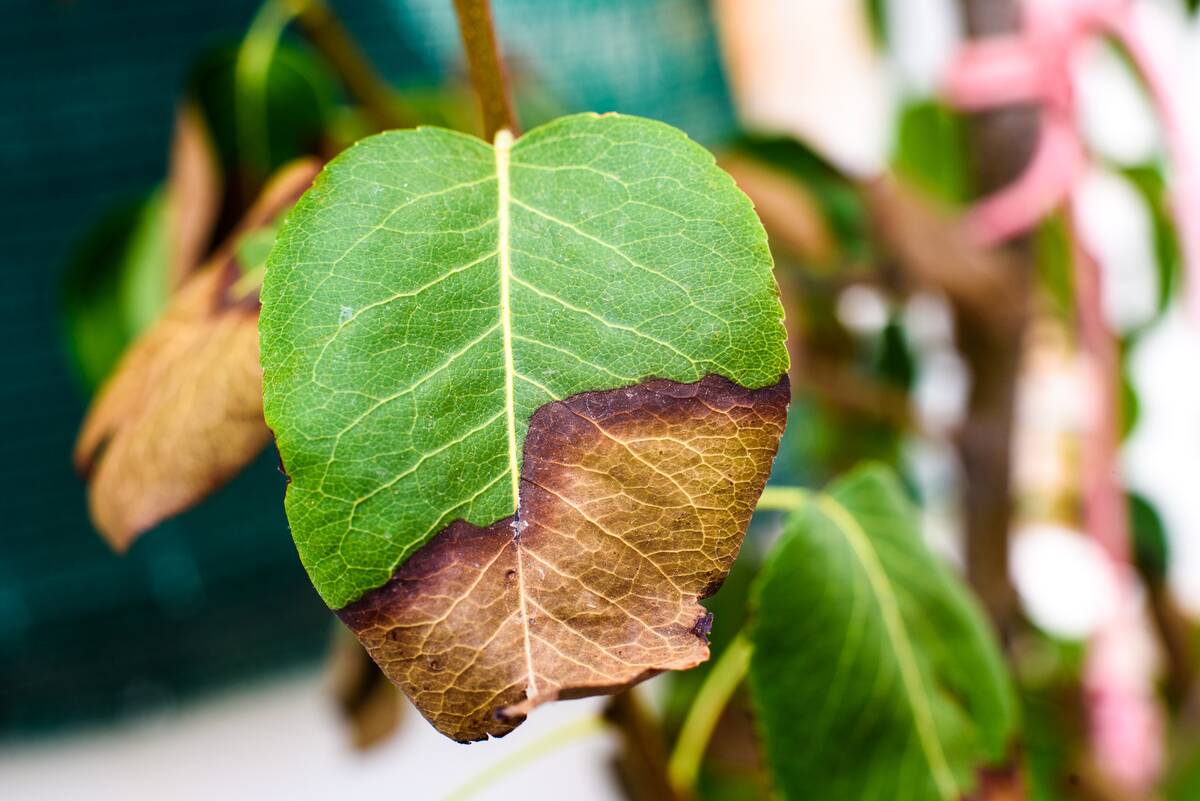Plants Will Scream For Help When Stressed
Human beings have a tendency to assign emotions to things that can't feel it. We can say a run-down machine looks sad or tired, or a tall, old tree looks noble and stoic.
Lo and behold, it turns out that some of these things we'd consider 'inanimate' can actually express feelings. Recent studies have shown that plants can make noise to communicate stress or in response to physical pain, meaning they feel things just like we do and absolutely hate it.
If you're looking for a sign on whether you need a career change then you're here for a reason this is your sign.
Take a quick zodiac reading here to find out how you can take control of your career path and find an environment that helps you prosper ad fulfill your goals.
Find out how you can achieve your goals and reach your utmost potential, and get more information by clicking HERE.
A New Reality

Anyone used to keeping a garden or houseplants of any kind knows the experience of seeing a plant that looks like it's screaming for help. Dried up, rotting, wilting or otherwise, it's begging to be saved. Whether we're able to accomplish that is a different story.
What if, in addition to looking the part, it was literally screaming also? A new study suggests plants do just that.
Scientists at Tel Aviv University, alongside American Colleagues conducted research that proves that plants do actually make sound when in pain.
Expressing Themselves

First, yes, plants make sounds. This was the first step in this breakthrough research. We know plants can display stress visually, as described before, physically, by becoming brittle or squishy, and chemically, with some plants releasing gases that signal to other plants in the area that danger is afoot.
Plants can also hear. A previous study proved that plants change their sugar concentration and their expression of some genes in response to certain noises.
So, the connecting tissue here is that if plants can react to noise and outwardly express stress, can they express stress through the noise?
Getting Noisy

The answer? Yes! A team conducted research on tomato and tobacco plants, dividing them into a control group and an affected group. The control group was left alone, while the affected group was subject to injuries, such as cuts to their stems and droughts.
Both groups emitted noise! While the control group only made roughly one sound per hour, the affected group could make anywhere between 15 and 30 sounds per hour per plant.
You can even listen to the noises they made here, which have been edited down as they're usually inaudible to the human ear.
But How?

Though it's not yet certain, the author of this study proposes that the sound these plants are making comes from small, gas-filled bubbles in the plant's 'xylem vessels' bursting due to whatever trauma they're suffering. This process makes tiny shocks that then produce detectable sound waves.
So the sounds are less intentional and more a byproduct of being treated poorly, but even then, they could have some significance in their natural environment around other plants, who may be able to hear these sounds innately, unlike us humans. Other animals may even be capable of hearing them, such as mice or insects.
Being Thankful

This study is the first in what's sure to be a long line of inquiries about this behavior in plants, and the more researchers dig into it, the more we'll learn about this fascinating, breakthrough discovery in the world of flora.
In the meantime, it's probably best to be grateful that these are sounds that our human ears can't pick up, otherwise, we'd all have a lot of house and garden plants complaining a lot more often.





